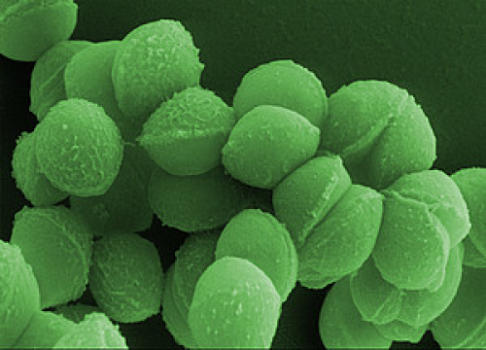德国鉴定出多种Cas9直系同源酶双链RNA和PAM有望于增强CRISPR-Cas编
德国亥姆霍兹感染研究中心的研究人员在8种代表II型CRISPR-Cas的菌株中研究了双链rna:Cas9的多样性和互换性,鉴定8种Cas9直系同源酶中的双链RNA和PAM,并且鉴定出多个细菌种类中的Cas9同源物。这研究发现有望于增强CRISPR-Cas编辑,带来多功能性和可能的特异性。相关文章发表于2013年11月22日的《Nucleic Acids Research》杂志上。

德国鉴定出多种Cas9直系同源酶双链RNA和PAM有望于增强CRISPR-Cas编辑
CRISPR-Cas技术作为一种新的基因组编辑方法,正受到广泛的关注。自去年以来,引用这一技术的文章数量在直线上升。而随着更多CRISPR-Cas元件的发现,这项技术有望变得更加多功能。目前,来自化脓性链球菌、脑膜炎奈瑟菌等细菌的rna指导的Cas9都已被开发成基因组操控的工具。
现在,研究人员在8种代表II型CRISPR-Cas的菌株中研究了双链RNA:Cas9的多样性和互换性。因此,除了介绍更多的CRISPR-Cas元件,研究人员还探索了CRISPR-Cas系统的进化,包括协同进化以及系统组件的水平转移。
他们鉴定了8种Cas9直系同源酶中的双链RNA和PAM(protospacer adjacent motifs)。为了评估双链RNA:Cas9的多样性,他们开展了现有基因组中II型CRISPR-Cas系统的生物信息学分析,并鉴定出多个细菌种类中的Cas9同源物。
作者认为,这项工作为支持双链RNA(tracrRNA:crRNA)与Cas9蛋白的协同进化提供了首个实验证据。他们还认为,在这项研究中鉴定出的各种双链RNA、Cas9同源物以及相关的PAM序列有望增强CRISPR-Cas编辑,带来多功能性和可能的特异性。
研究小组在分析和比较了多个细菌菌株的Cas9和tracrRNA:crRNA双链RNA后,他们认为能够将来源于不同细菌的Cas9蛋白分成多个小组。在同一小组中,CRISPR-Cas系统可以交换,而不同小组之间不能交换。
研究人员认为,这些酶可以结合起来,从而一次实现目标DNA的多个改变。这有望应用于遗传性疾病的治疗,一次纠正患者DNA中的不同突变。此外,这种方法还可以用来对付艾滋病毒HIV,它通过人体免疫细胞的受体来感染细胞。利用CRISPR-Cas,受体基因可被删除,让患者对病毒免疫。
尽管这些应用并非能在短期内实现,但亥姆霍兹感染研究中心仍然对CRISPR-Cas技术的潜力表示乐观。Charpentier博士谈道:“我的一些同事已经将它与PCR相比较。”
原文摘要:
Phylogeny of Cas9 determines functional exchangeability of dual-RNA and Cas9 among orthologous type II CRISPR-Cas systems
Ines Fonfara, Anaïs Le Rhun, Krzysztof Chylinski,Kira S. Makarova, Anne-Laure Lécrivain, Janek Bzdrenga,Eugene V. Koonin and Emmanuelle Charpentier
The CRISPR-Cas-derived RNA-guided Cas9 endonuclease is the key element of an emerging promising technology for genome engineering in a broad range of cells and organisms. The DNA-targeting mechanism of the type II CRISPR-Cas system involves maturation of tracrRNA:crRNA duplex (dual-RNA), which directs Cas9 to cleave invading DNA in a sequence-specific manner, dependent on the presence of a Protospacer Adjacent Motif (PAM) on the target. We show that evolution of dual-RNA and Cas9 in bacteria produced remarkable sequence diversity. We selected eight representatives of phylogenetically defined type II CRISPR-Cas groups to analyze possible coevolution of Cas9 and dual-RNA. We demonstrate that these two components are interchangeable only between closely related type II systems when the PAM sequence is adjusted to the investigated Cas9 protein. Comparison of the taxonomy of bacterial species that harbor type II CRISPR-Cas systems with the Cas9 phylogeny corroborates horizontal transfer of the CRISPR-Cas loci. The reported collection of dual-RNA:Cas9 with associated PAMs expands the possibilities for multiplex genome editing and could provide means to improve the specificity of the RNA-programmable Cas9 tool.

